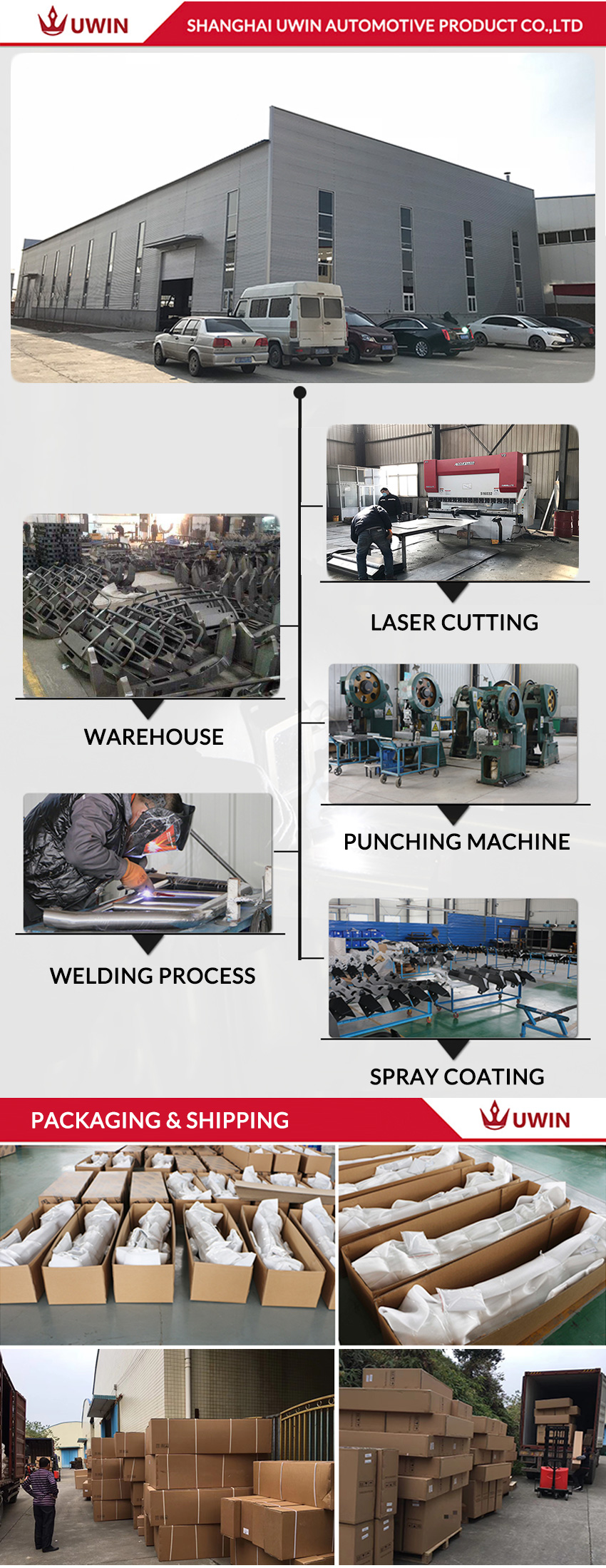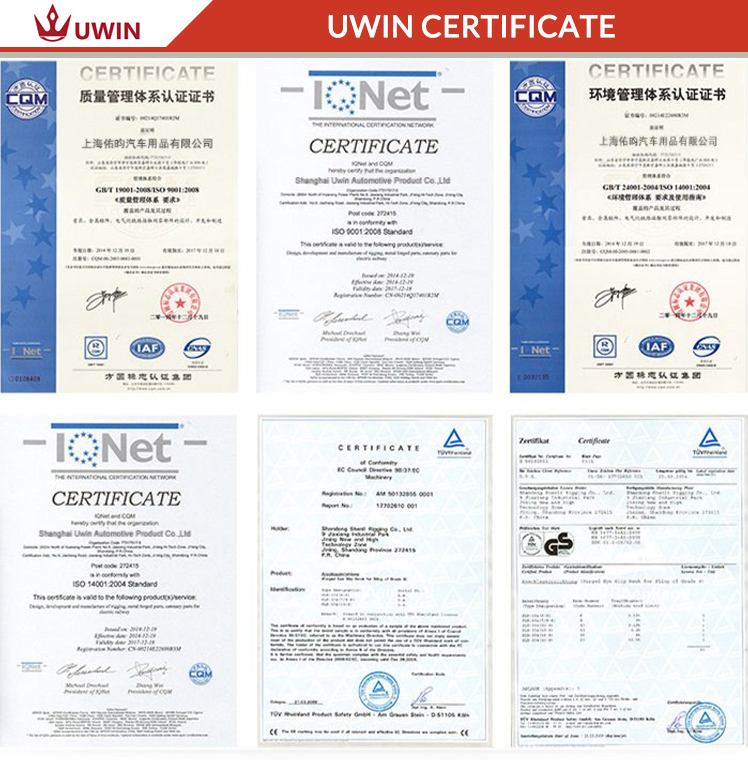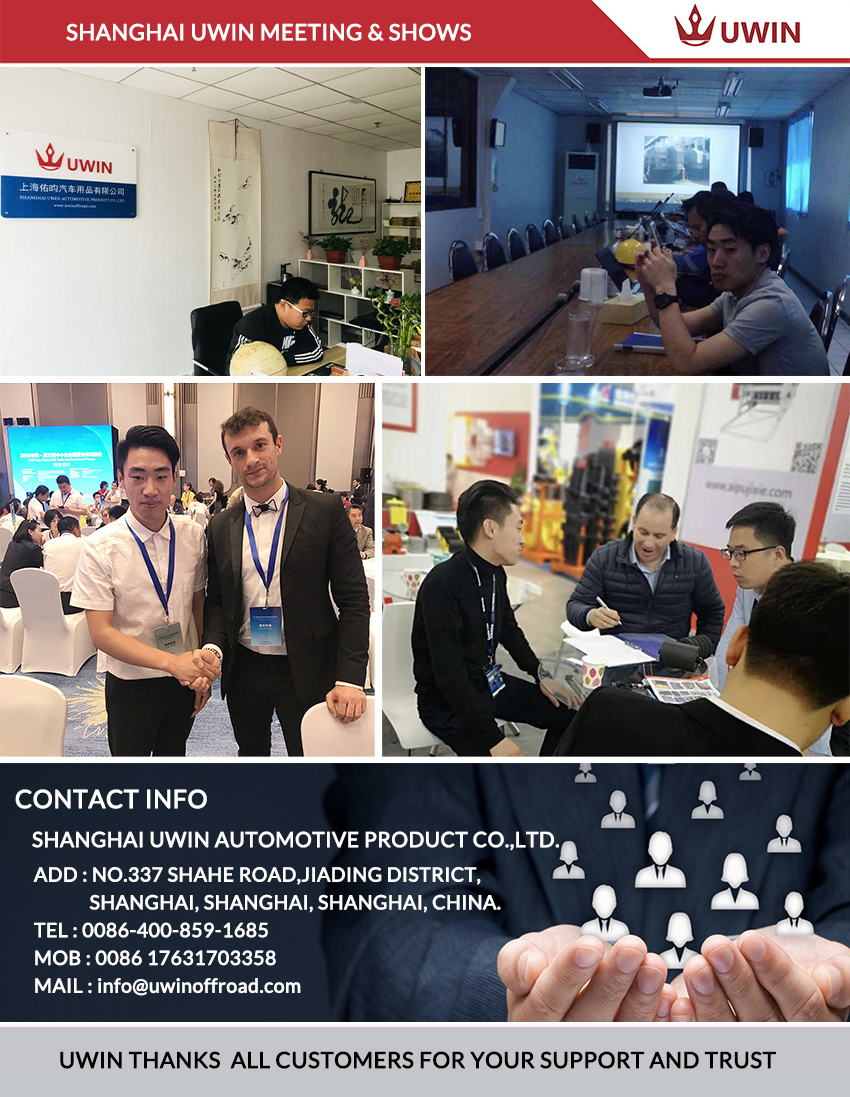The power battery is the core of the electric vehicle and the only source of the driving energy of the pure electric vehicle. It is directly related to the power performance and endurance of the electric vehicle, and also directly related to the safety of the electric vehicle. From the perspective of the cost structure of new energy vehicles, the battery-driven system accounts for 30-50% of the cost of new energy vehicles. Since the birth of electric vehicles, power battery technology has been restricting the practical application of electric vehicles. Increasing the power density, energy density, service life, and cost reduction has always been the core of R&D for electric vehicle battery technology.
Lithium batteries are one of the most commonly used types of batteries in electric vehicles. Although they have not been long since their birth in 1970, they have rapidly occupied the largest market for electric vehicle batteries due to their high energy density and long cycle life. Part of the country. Today, lithium batteries for sale in electric vehicles are mainly lithium iron phosphate batteries and three yuan lithium batteries.
What is the difference between lithium iron phosphate battery and ternary battery?
[outline packaging]
Lithium-ion batteries can be divided into square batteries, soft pack batteries, and cylindrical batteries.
ã€Material system】
Currently, mainstream lithium iron phosphate batteries, ternary materials batteries, and the like refer to lithium ion batteries in which lithium iron phosphate and a ternary material are used as a positive electrode material. The ternary material refers to a cathode material in which Ni, Co, Mn, or Ni, Co, and Al are three metal elements.
ã€Overview】
The lithium iron phosphate battery cell has an energy density of 120 Wh/kg, 80 Wh/kg after the grouping, and a ternary lithium battery cell having an energy density of 180 Wh/kg. The energy density after the formation is 110 Wh/kg. From the data point of view, the ternary lithium battery is superior to the lithium iron phosphate battery in terms of energy density; in terms of cycle life, the two are equivalent, and the cycle life of the single battery core is greater than 3,000 times. After the battery is grouped, due to the use of The situation becomes worse and more complex, and the life expectancy will be reduced. The battery life is equivalent to 150,000 kilometers in 6 years. The battery used in the EV200 is a three-element lithium battery.
At present, the energy density of lithium iron phosphate battery has basically reached the theoretical limit, and the energy density of the ternary battery has much room for improvement. In terms of comprehensive capacity density, power density, cycle life, and low temperature performance, the comprehensive performance of the ternary battery is better than that of a lithium iron phosphate battery.
[Q&A] Time is up!
Q1. Where is the battery installed? How long is the service life?
A: The battery of a pure electric vehicle is located between the front and rear axles of the vehicle and the side rails on both sides. Collision safety is higher; lower vehicle center of gravity, better vehicle handling.
A: The three-cell lithium battery can guarantee that after the vehicle is used for 1 year and 150,000 kilometers, the charging capacity will not be lower than 80% of the new battery. The battery and the whole vehicle have the same life span, and the power battery warranty is 150,000 kilometers for 6 years. It is not a power battery life of 6 years. If the normal maintenance is in place, the service life can be more than 10 years.
Q2. How much battery does it have? Does increasing the battery affect the life of the car?
A: The battery of the EV200 is 300 kg. The related parts have been redesigned and strengthened without affecting the service life of the vehicle.
Q3. Battery Safety: Does the battery leak current?
A: The battery has a leakage detection function. When the insulation level is reduced due to moisture or water, the battery management system will promptly report an alarm, and take corresponding measures to ensure personal safety.
Q4. Mileage: How many kilometers does a battery run?
A: Under comprehensive conditions, full of electricity, cruising range can reach 200km, 240km under constant speed conditions. In the process of driving, slowing down the acceleration, avoiding sudden acceleration of sudden braking, and maintaining low-speed (about 60km/h) driving are all conducive to the improvement of driving mileage.
Q5. How to maintain the battery and how often should I service it?
A: Use slow charge as much as possible, and develop the habit of charging at any time. Fast-charged high-voltage DC charging piles should be used as supplementary charging as much as possible. Continuously use fast charge 2 times or more. It is better to perform a slow charge to 100%. Correct the battery pack power to maintain the good performance of the power battery. With a small self-discharge current characteristics, it can be parked without charge and discharge maintenance within 3 months.
The Jeep Wrangler JK is in a class of its own when it comes to customization and aftermarket choices. Owning a Jeep is more than driving a vehicle, it's a lifestyle.
Shanghai Uwin Automotive Product Co.,Ltd specializes in 4x4 industry for many years, including Jeep Bumper, Dyneema Winch Rope, Winch Tree Saver and Winch Hardwares etc. We specialize in the design, development and production of various automotive parts to provide the best products. High quality goods and professional integration service. Our customers all over the world, we are in the leading position in network market .



Jeep Bumpers,Jk Stubby Bumper,Jeep Jk Stubby Bumper,Stubby Front Winch Bumper
Shanghai Uwin Automotive Product Co.,Ltd , https://www.uwinoffroad.com